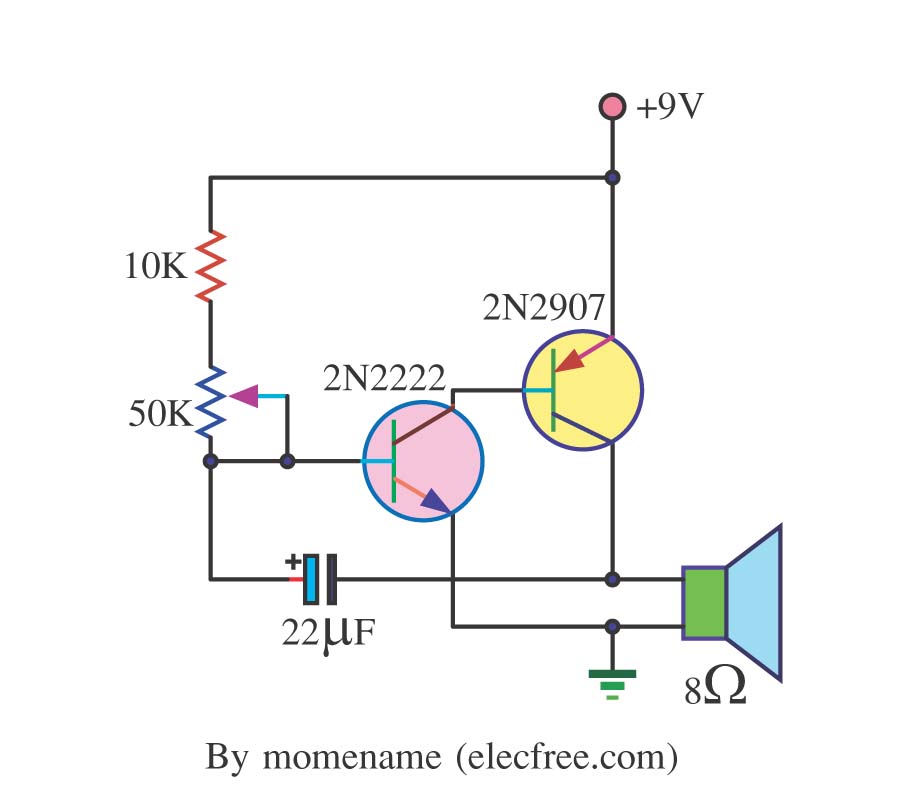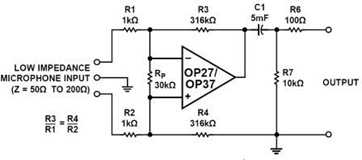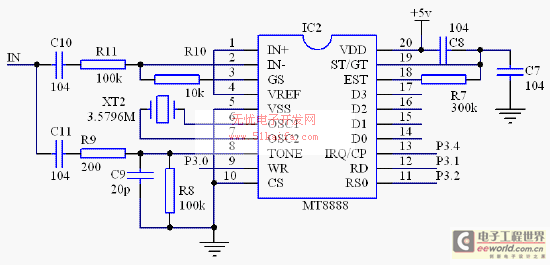
One Transistor Pump Building Block

This is a single transistor pump circuit. It is a straightforward circuit that is quite useful and can serve as a foundational component for designing more complex electronic systems.
The single transistor pump circuit utilizes a transistor as the primary active component to control the flow of current. Typically, this circuit is designed to convert a low input voltage into a higher output voltage, effectively functioning as a voltage booster. The simplicity of the design makes it an excellent choice for educational purposes and for prototyping in various electronic applications.
In its basic form, the circuit consists of a transistor (usually an NPN type), a few passive components such as resistors and capacitors, and a load. The transistor operates in its active region, where it amplifies the input signal. A resistor is connected to the base of the transistor to control the base current, which in turn regulates the collector current flowing through the load.
The operation of the circuit can be enhanced by incorporating a feedback mechanism. For instance, a capacitor can be used to store charge and smooth the output voltage, providing better performance under varying load conditions. Additionally, a diode may be included in the circuit to prevent backflow of current, ensuring that the pump function remains effective.
This circuit can be adapted for various applications, such as driving small motors, powering LED arrays, or serving as a power supply for low-power devices. By modifying component values or adding additional stages, the circuit can be tailored to meet specific voltage and current requirements, making it a versatile building block in electronic design.This is a one transistor pump circuit. This is a very simple circuit and very helpful, you can use it as a building block for designing more complex electronic.. 🔗 External reference
The single transistor pump circuit utilizes a transistor as the primary active component to control the flow of current. Typically, this circuit is designed to convert a low input voltage into a higher output voltage, effectively functioning as a voltage booster. The simplicity of the design makes it an excellent choice for educational purposes and for prototyping in various electronic applications.
In its basic form, the circuit consists of a transistor (usually an NPN type), a few passive components such as resistors and capacitors, and a load. The transistor operates in its active region, where it amplifies the input signal. A resistor is connected to the base of the transistor to control the base current, which in turn regulates the collector current flowing through the load.
The operation of the circuit can be enhanced by incorporating a feedback mechanism. For instance, a capacitor can be used to store charge and smooth the output voltage, providing better performance under varying load conditions. Additionally, a diode may be included in the circuit to prevent backflow of current, ensuring that the pump function remains effective.
This circuit can be adapted for various applications, such as driving small motors, powering LED arrays, or serving as a power supply for low-power devices. By modifying component values or adding additional stages, the circuit can be tailored to meet specific voltage and current requirements, making it a versatile building block in electronic design.This is a one transistor pump circuit. This is a very simple circuit and very helpful, you can use it as a building block for designing more complex electronic.. 🔗 External reference





